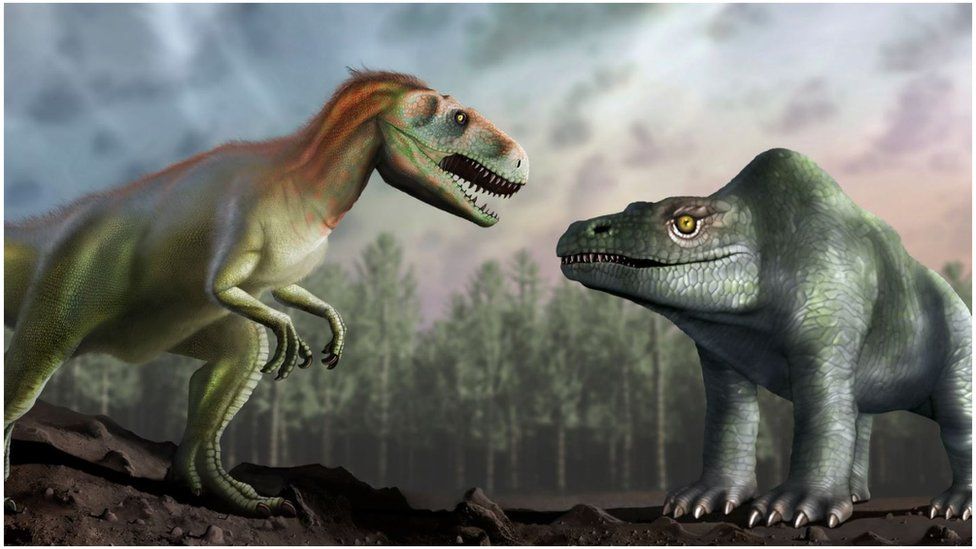The Conservation History of Megalosaurus bucklandii
Case Study: The Conservation History of Megalosaurus bucklandii
This project was a collaborative engagement between CiMAT (WMG) and the Oxford University Museum of Natural History (OUMNH). The lower jawbone of Megalosaurus bucklandii, the first scientifically described dinosaur, is significant in that it represents the entry of dinosaurs into the scientific and public consciousness. The object has been housed at the OUMNH for nearly 200 years, a precious object thought to have been thoroughly understood by scientists.
X-ray CT (XCT) scanning however showed that the jawbone still had a few secrets left to give. The specimen was brought over to CiMAT and scanned in an Xtek (Nikon) 225 LC system both in order to visualise any internal structures and also for the purpose of 3D printing for public outreach.
The scanning revealed the presence of numerous teeth that had not been previously visualised in various stages of growth. More significant however was the detection and characterisation of the conservation history of the object, which lacked any formal records within the museum and as a result was poorly understood. The scanning revealed substantial damage to the original specimen, with significant restoration in plaster along the tooth row and in several of the exposed tooth crowns. This was further supported by chemical analysis using X-Ray Fluorescence (XRF) and Energy Dispersive Spectroscopy (EDS) techniques. Combined, these allowed the ready differentiation of two different phases of repair, the first in a heterogeneous gypsum plaster filled with minium, a red lead-based pigment, and the second in a more homogeneous gypsum plaster with trace amounts of barium sulphate.
Also revealed was a series of vascular canals within the jawbone, a biological feature poorly documented in many dinosaur species, which recent articles suggest could be informative biological characteristics worthy of further study.
This application demonstrates the use of XCT scanning in determining the internal make-up of precious fragile objects and as a research tool to achieve a better understanding of even objects thought to have previously been explored thoroughly by the eyes of science.
Several 3D prints of the object have also been made for use in public engagement, having been used in multiple public engagement events at the Oxford University Museum of Natural History.
Publications: Wilson, P., Williams, M. A., Warnett, J. M., Attridge, A, Ketchum, H., Hay, J. and Smith, M. P. (2017) Utilizing X-Ray Computed Tomography for heritage conservation: the case of Megalosaurus bucklandii. In: I2MTC 2017 IEEE International Instrumentation and Measurement Technology Conference, Torino, Italy, 22-25 May 2017. utilizing x-ray computed tomography
Wilson, P. F., Smith, M. P., Hay, J., Warnett, J. M., Attridge, A. and Williams, M. A. 2018. X-ray computed tomography (XCT) and chemical analysis (EDX and XRF) used in conjunction for cultural conservation: the case of the earliest described dinosaur Megalosaurus bucklandii. Heritage Science, 6: 58. x-ray computed tomography xct and chemical analysis


